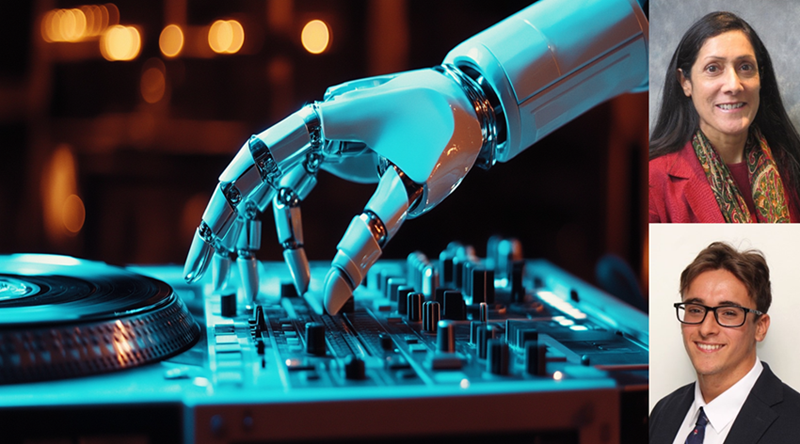In today’s rapidly evolving world, the need for living and working spaces that promote health, comfort, and sustainability has never been more crucial. As urban environments grow denser and lifestyles become more demanding, innovative solutions are required to enhance indoor well-being while optimizing energy efficiency. Automated systems have emerged as a transformative force, redefining how people interact with their surroundings. By seamlessly integrating intelligent technologies, these systems are revolutionizing conventional spaces, making them smarter, healthier, and more sustainable.
The Impact of Automation on Indoor Environments
One of the most significant advancements in this domain is the development of electric window openers. These devices have changed the way natural ventilation is managed, both in residential and commercial buildings. By enabling precise control over airflow, automated window openers ensure that indoor environments remain fresh, free from pollutants, and conducive to overall well-being. Their adaptability makes them ideal for modern architecture, where efficiency, convenience, and sustainability take center stage.
With minimal human intervention, these systems can regulate airflow to create an optimal indoor atmosphere. The reduction in manual adjustments not only enhances comfort but also reduces the likelihood of energy wastage, making them an essential component of modern smart buildings.
The Connection Between Automation and Health
The correlation between indoor air quality and human health is well-documented. Poor ventilation has been linked to various health issues, including respiratory conditions, allergies, and fatigue. Automated systems play a crucial role in mitigating these risks by continuously monitoring indoor air conditions and making real-time adjustments.
Advanced sensors can detect changes in air quality, such as rising carbon dioxide levels or increased humidity, and respond accordingly. In such cases, electric window openers can be activated automatically to introduce fresh air and expel contaminants. This process significantly improves air circulation, reducing the risk of health problems associated with stale, poorly ventilated spaces.
Beyond air quality, automated technologies help eliminate human errors and the need for constant manual intervention. Windows can be programmed to open or close at specific times, ensuring consistent ventilation without compromising energy efficiency. This contributes to a healthier and more sustainable indoor environment while aligning with eco-friendly building practices.
Integration of Smart Technologies for Enhanced Efficiency
The integration of smart home and building automation technologies has further amplified the benefits of automated systems. By synchronizing electric window openers with other smart devices—such as air purifiers, thermostats, and HVAC units—users can achieve a more holistic approach to climate control.
For instance, when external weather conditions are favorable, an intelligent system can automatically adjust window settings to allow natural ventilation, reducing the reliance on air conditioning. This synchronization optimizes energy consumption and enhances overall comfort while minimizing environmental impact.
Additionally, remote control features enable users to monitor and adjust ventilation settings from anywhere using their smartphones or connected devices. This added convenience ensures that indoor spaces remain well-ventilated even when occupants are away, further promoting healthier environments.
The Sustainability Advantage
The adoption of automated systems is not only about improving comfort and well-being—it also plays a pivotal role in sustainability. By optimizing energy usage and minimizing waste, these systems contribute to a greener planet. Automated electric window openers allow buildings to harness natural ventilation more effectively, thereby reducing dependence on energy-intensive HVAC systems.
Furthermore, these solutions are designed for longevity and efficiency. With proper maintenance, automated systems can function reliably for years, reducing the need for frequent replacements and minimizing their environmental footprint. This long-term viability makes them a wise investment for homeowners, businesses, and property developers seeking to align with sustainable building practices.
Conclusion
Automated solutions are revolutionizing modern living and workplace wellness by integrating innovation with functionality. From improving air quality to enhancing energy efficiency, these technologies are reshaping how people interact with their surroundings. Electric window openers, in particular, exemplify the potential of automation to create smarter, healthier, and more sustainable environments.
As automation continues to advance, the vision of intelligent, well-ventilated, and eco-friendly spaces is becoming a reality. By embracing these innovations, individuals and businesses can ensure their environments are not only comfortable and efficient but also aligned with modern health and sustainability goals. The future of smart living is here, and automated systems are leading the way.




